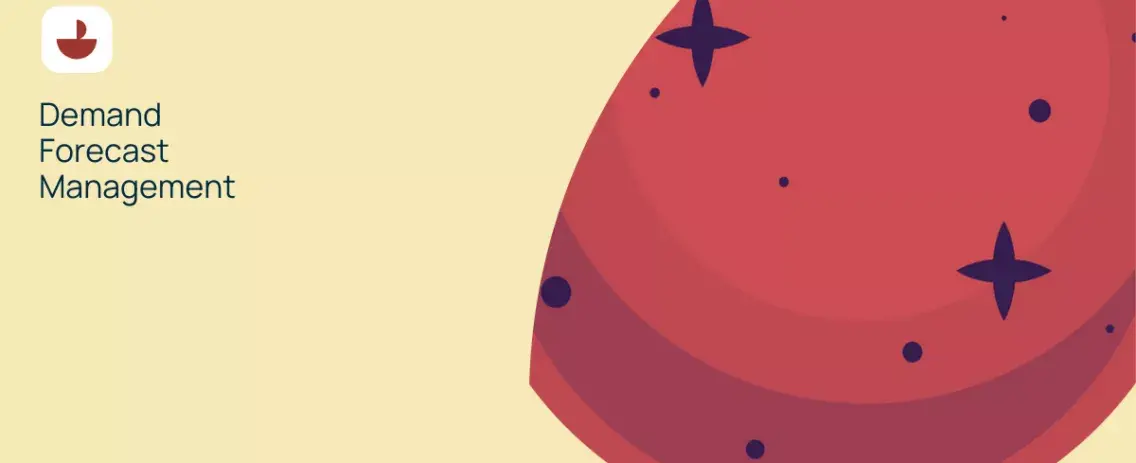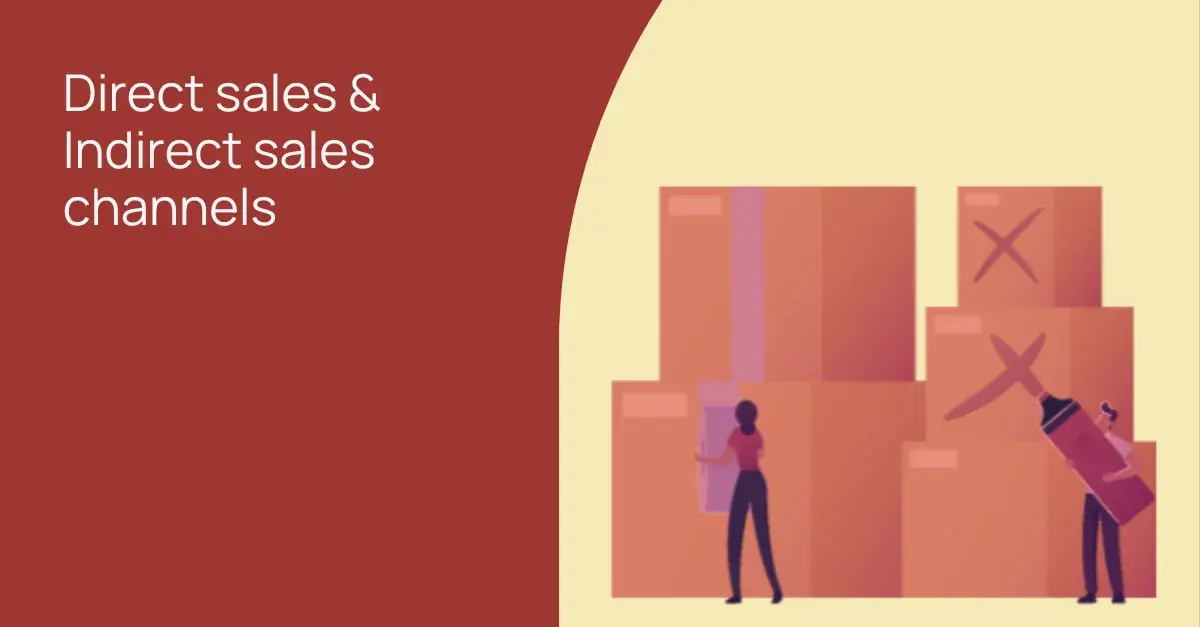
Collaborative demand planning: How to bring forecasters and sales teams together in CPG
Understanding CPG demand forecasting
In any consumer-packaged goods (CPG) company, demand forecasting is of crucial importance. Sales teams and demand forecasters ultimately have the same aim: growing the business and making consumers happy. But in practice, it can seem as if their objectives are somewhat at odds.
Demand planners look months ahead. They want to ensure that the company produces the optimal amount of stock and that it hits retail channels at the right time. They’re looking to ensure that growth is steady and predictable. And they want to avoid any unpleasant surprises for their counterparts in manufacturing, logistics, finance or indeed, top level management.
Sales teams focus on developing the company’s sales as well as their relationship with retailers. If anything, they have an interest in overstocking in comparison to the demand plan. A good example is that if a promotion takes off, and the stock isn’t on hand to fulfill demand, the result is unhappy consumers and retailers. Thus, sales teams will always want to secure stock cover.
This tension might all be rather predictable. But if a CPG manufacturer can find a way to bring sales and demand planning teams closer together, it will harvest benefits right down its supply chain.
Common methods of forecasting
In theory, demand planners have a wide range of tools and techniques at their disposal. They have internal historical data to draw on, of course. They can use moving averages to plot a forecast over the course of a year, exponential smoothing for more short-term analysis, and regression analysis to tie together demand and other variables.
Demand forecasters can also turn to market research, both qualitative and quantitative, to get a grip on long-term consumer trends. Collaborative demand planning, with suppliers, distributors, and retailers, can uncover unexpected insights. And they can tap judgmental sources, such as market experts and futurists. These are all particularly important when it comes to planning around new launches, where there is scant historical data to hand.
And increasingly, forecasters are adopting predictive analytics, using machine learning and AI to quickly process large amounts of data.
But each of these methods has its drawbacks. Simply pulling together historical data can be a challenge, particularly if it is spread across multiple silos or sources. Teams may also have developed their own bespoke tools for analysis. These might be adequate for top-level forecasts, but fail to offer real depth. Processes which have a high degree of manual input carry the potential for simple, but often catastrophic, mistakes. And this all takes time.
What works for demand forecast teams doesn't necessarily work for the sales teams working hand in glove with retailers. Sales professionals, being closer to the market, often detect specific patterns or shifts in demand due to regional factors or seasonal trends. Traditional demand forecast tools might not always capture these nuances, and such valuable insights may not always reach the forecasting professionals. This highlights the need for a more collaborative demand planning process, supported by flexible workflows.

Factors affecting demand
Multiple factors can affect demand. Seasonality will always be an obvious factor. Sales of some products will ebb and flow through the year: ice creams and charcoal in summer, soup and hot drinks in the winter months.
But unexpected events can profoundly affect these patterns. For instance, a surprise price promotion or product launch by a rival, or an advertising campaign that goes viral. These can all have an impact that was impossible to factor in six months earlier.
At a broader level, unexpectedly cold weather in summer can stymie expectations for sunscreen sales. A national team’s progress in a sports tournament can boost sales of certain items. Only for these sales to plummet if the squad is knocked out early.
Other factors can be even more wide-ranging. Natural disasters, war, or pandemic can all affect customer demand, as well as supply costs. And economic disruption can hit the pockets of vast numbers of consumers.
Such events are not going to be reflected in historical data. Nevertheless, they can send ripples, or even shock waves, right through the organization’s supply chain.

How CPG demand forecasting software can benefit you
It might seem then that demand forecasters and sales teams are trying to negotiate very different problems. The former are looking to generate predictable long-term forecasts months, or a year or more in advance. The latter are working day to day, week to week, with retailers to deepen relationships and boost sales.
But sales teams still need reliable baseline forecasts from their demand colleagues. Both for planning their own activities, and for analyzing the effects of their promotions, and demonstrating them to their retail partners. And demand forecasting teams need the close-to-the-market insights that sales teams can generate.
This is why an integrated demand forecasting software platform can bridge that gap and bring both teams closer together, making demand planning a more collaborative process.
If they choose the right solution, demand professionals benefit from automated integration of multiple data sources. These include internal and external, historic, and contemporary data. Data cleansing becomes an integral part of the process. Data analyzed using the most appropriate tools, including cutting-edge AI, is producing more accurate forecasts, which are also more in-depth.
Moreover, with a company-wide system, all stakeholders can share, interrogate, and analyze those forecasts more easily. And with all departments – sales, marketing, manufacturing, procurement – working to the same forecast, marketing events, promotional programs, and more can be better planned and truly in sync.
Monitoring and adjusting demand forecasts
And this is not just a one-off benefit.
As we’ve seen, life doesn’t turn out quite as planned. But modern CPG demand forecasting software can continue to absorb new information. This can include consumption and sales data, so that forecasts can be recalibrated continuously, over the course of a quarter, a year, or longer.
At the same time, ongoing statistical analysis and error identification can detect new patterns and areas for improvement. Forecast accuracy can be plotted on an ongoing basis.
When software solutions automate data integration, and reliable analytics and AI take an increasing role, demand professionals can focus on outliers, special cases and anomalies. This will enable them to alert sales teams to take prompt action when necessary.
This means sales teams can gauge the impact of their activity while it is in progress and change tack as necessary. They can share these insights internally and externally. As a result, sales teams can demonstrate the success of their efforts to retailers. It also provides them with a solid starting point for developing new, more innovative, future plans.
Collaborative demand planning: takeaways
While it can seem that sales teams and demand forecasters are pulling in different directions, that’s largely a question of timing and perspective.
By adopting integrated demand forecasting software, both groups benefit. Demand forecasters gain more data, more accurate tooling, and more time to focus on outliers. Sales teams get more robust, more dynamic forecasts. And they get the ability to share insights with their colleagues, and with their partners in retail. The result is more collaborative demand planning and increased predictability. In the best possible way.
To see how your sales team can benefit from more accurate, insightful demand forecasting right now, book a demo with Visualfabriq today.

.webp)

